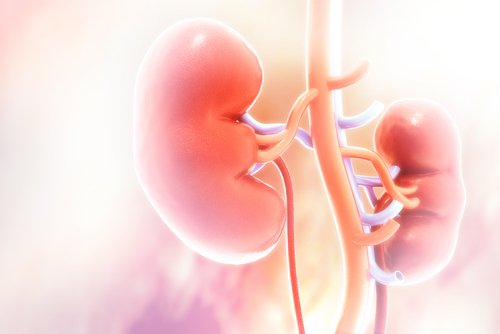High ‘Good’ Cholesterol Levels Linked to High Risk of End-stage Renal Disease in Lupus Nephritis Patients

Lupus nephritis patients with reduced kidney function and high levels of “good” cholesterol are at a greater risk of end-stage renal disease, a new study suggests.
On the other hand, low “good” cholesterol levels were linked to increased risk of all-cause mortality.
The research, “Effect of low and high HDL-C levels on the prognosis of lupus nephritis patients: a prospective cohort study,” was published in the journal Lipids in Health and Disease. The work was developed at the Sun Yat-sen University in China.
There are two types of proteins that carry cholesterol in the bloodstream. One is the “bad” low-density lipoprotein cholesterol (LDL-C) and the other is the “good” high-density lipoprotein cholesterol (HDL-C). LDL-C contributes to fatty buildups in arteries, while HDL-C helps prevent cholesterol from clogging the arteries.
At some point, almost 60 percent of systemic lupus erythematosus (SLE) patients develop lupus nephritis (kidney inflammation), one of the most serious manifestations of the disease.
Lupus nephritis is more frequent in Asians than Caucasian lupus patients, and Asian patients usually present with more severe disease.
Due to advances in medicine, mortatility from renal failure has decreased. However, malaise or death from cardiovascular disease has increased, and studies suggest it’s because of low HDL-C levels.
Despite being considered protective, studies have reported various side effects for “good” cholesterol, such as greater risk of death by cardiovascular disease or of chronic kidney disease progression.
There are few studies on the effect of HDL-C levels on the prognosis of lupus nephritis patients, and even fewer in the Asian population.
Researchers developed a study (NCT03001973) to investigate the effect of serum HDL-C levels on Asian lupus nephritis patients. They also looked into the effects of “good” cholesterol levels on end-stage renal disease, all-cause, and cardiovascular disease mortality.
To do so, they analyzed data from 775 patients with lupus nephritis who had five-year, follow-up information records. All patients were followed in the same medical center. According to their cholesterol levels, patients were divided into groups of low, intermediate, or high HDL-C.
During the study’s five-year time frame, 71 patients had end-stage renal disease. Concerning lupus nephritis mortality, 84 patients died and 20.2 percent of those were due to cardiovascular reasons.
No statistically significant relation was found between high “good” cholesterol levels in lupus nephritis patients and end-stage renal disease with reserved renal function.
However, scientists reported high HDL-C levels to be significantly associated with high risk of end-stage renal disease in lupus nephritis patients with advanced renal function impairment.
In addition, all-cause mortality was linked to high “good” cholesterol levels.
These findings suggest that HDL-C’s positive or negative impact may be modulated by kidney function. “Overall, the reason
for the adverse role of high HDL-C is still unknown and requires further study,” the researchers wrote.





